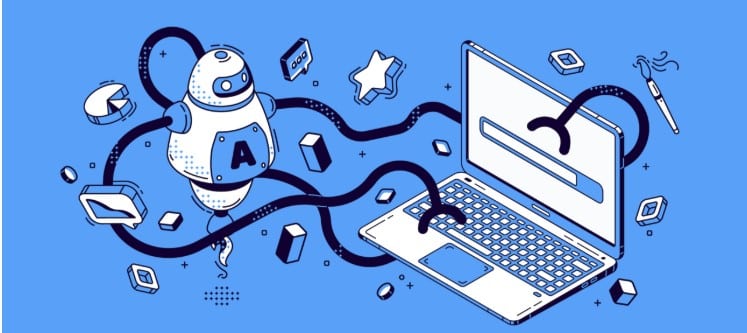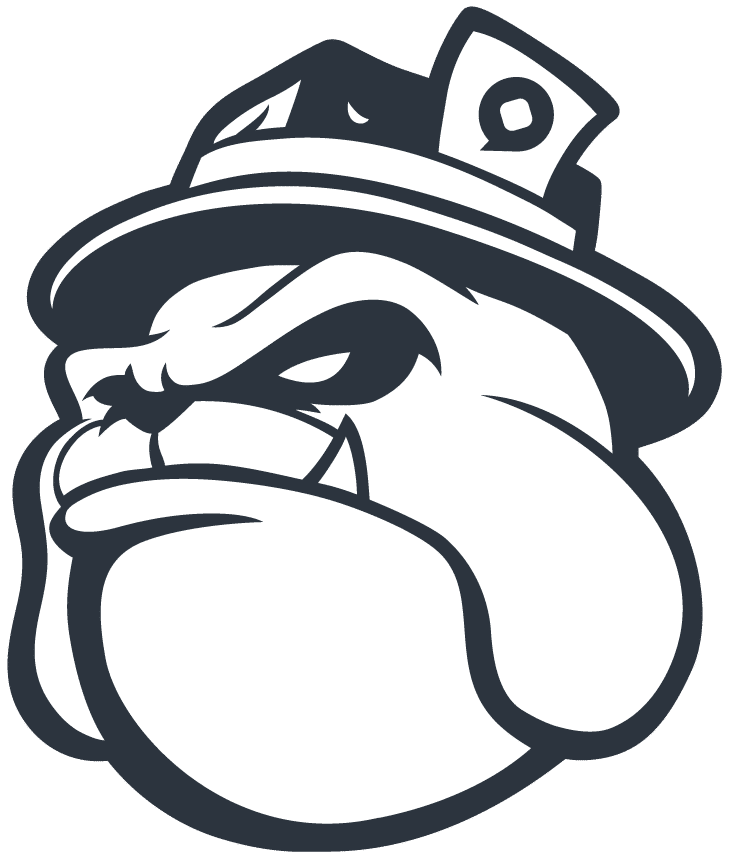In today’s highly competitive digital economy, customer expectations are not just evolving—they’re skyrocketing. With an overwhelming number of choices and information at their fingertips, modern consumers demand experiences that are not only seamless but also tailored to their unique needs and preferences. Personalization has emerged as a cornerstone of modern marketing strategies, and at the heart of this lies AI customer segmentation, a powerful evolution from traditional methods that allows brands to deliver tailored experiences with precision and scale.
This is the practice of dividing a customer base into groups based on common characteristics. While traditional segmentation methods have been around for decades, the emergence of AI is radically transforming how businesses understand and connect with their customers. AI-driven segmentation not only enhances precision but also enables real-time personalization on an unprecedented scale, marking a pivotal shift in the marketing paradigm.

Limitations of Traditional Customer Segmentation
Traditional customer segmentation models typically rely on static data such as age, gender, location, income, and purchase history. These methods often use surface-level data to group customers into broad categories, assuming that individuals within the same demographic or behavior pattern will respond similarly to a marketing message. While this approach worked in an era of limited data and smaller market reach, it falls short in the modern digital world, where consumers interact with brands across multiple channels and exhibit highly nuanced behaviors.
One of the core limitations of traditional segmentation is its rigidity. Segments are predefined and rarely updated, meaning they can’t adapt to shifts in customer behavior over time. These models also struggle to process the vast amounts of unstructured data generated by digital touchpoints, such as social media interactions, website browsing behavior, or in-app activity. As a result, companies using outdated segmentation techniques risk missing key behavioral insights and failing to engage their audience meaningfully. Additionally, traditional segmentation is often labor-intensive and prone to human bias, leading to generic marketing campaigns that lack the depth and personalization customers expect today.
The Rise of AI Customer Segmentation
Artificial Intelligence is revolutionizing customer segmentation by automating the analysis of vast, complex datasets and uncovering hidden patterns that humans simply cannot detect. With the power of machine learning, natural language processing, and predictive analytics, AI-driven segmentation enables marketers to move beyond simple demographic data and tap into behavioral, contextual, and even emotional indicators of customer intent.
Unlike traditional methods that require manual grouping and analysis, AI uses clustering algorithms, decision trees, and neural networks to identify and continuously update customer segments based on real-time data. This allows businesses to track and respond to changes in customer behavior almost instantly. For example, a customer who shifts from browsing casual clothing to high-end fashion can be automatically moved into a different segment, triggering more relevant product recommendations or promotional offers.
AI also enables micro-segmentation, where customers are grouped into highly specific clusters based on detailed patterns in their behavior. These micro-segments empower brands to craft hyper-personalized campaigns that speak directly to the individual, rather than casting a wide net with generalized messaging. In essence, AI transforms customer segmentation from a static, backward-looking process into a dynamic, forward-thinking strategy that evolves with the customer. With the customer, a principle that’s just as vital in areas like software testing services, where real-time insights and adaptability are critical to success.
Benefits of AI Customer Segmentation

The implementation of AI Customer Segmentation brings with it a host of transformative benefits that go far beyond simple efficiency that go far beyond simple efficiency. One of the most significant advantages is the ability to deliver hyper-personalization at scale. AI enables businesses to personalize messages, content, and product recommendations for millions of customers simultaneously, without compromising accuracy or speed. This type of personalization results in more meaningful customer interactions and significantly higher engagement rates.
Another key benefit is the improved return on investment (ROI) for marketing campaigns. With more accurate targeting and segmentation, businesses can allocate their resources more effectively, reducing wasted ad spend and focusing efforts on customers who are most likely to convert. AI helps marketers identify high-value customers and tailor campaigns that maximize lifetime value and profitability.
Furthermore, AI-driven segmentation enhances customer retention by identifying patterns that signal dissatisfaction or churn risk. AI tools can alert businesses when a customer begins to disengage, allowing for timely, personalized outreach that strengthens the relationship and encourages loyalty.
AI also brings real-time adaptability into the equation. Unlike traditional methods that rely on historical data and periodic reviews, AI continuously learns from new data inputs. This means customer segments are always up-to-date, enabling businesses to respond instantly to emerging trends or changes in consumer behavior.
Customer segmentation allows businesses to group users based on their needs, behavior, or product usage, helping deliver more relevant experiences. This is also especially valuable when applied to customer training. With a well-structured customer onboarding learning management system (LMS), companies can tailor training journeys to different customer types. For instance, newcomers might receive step-by-step guidance on getting started, while experienced users are directed to advanced features or integrations. This targeted approach not only improves engagement but also shortens the time it takes for customers to see value. As user profiles evolve, the LMS can adapt, keeping the training experience effective and aligned with each customer’s journey.
Finally, one of the most exciting benefits of AI is its ability to uncover hidden opportunities. By analyzing cross-channel data from CRM systems, social media, e-commerce platforms, and customer service interactions, AI can reveal insights that are impossible to detect through manual analysis. These insights can lead to the discovery of entirely new customer segments or unmet needs that represent untapped revenue potential, much like exploring fascinating curiosities that open new doors for growth..
Real-World Applications of AI-Driven Customer Segmentation
AI-driven customer segmentation is not just theoretical—it’s being actively used by leading companies across industries to create smarter, more personalized experiences for their customers.
In the retail and e-commerce space, AI segmentation is used to create dynamic and personalized shopping journeys. Online retailers analyze browsing history, past purchases, product preferences, and even mouse movements to deliver tailored product recommendations, adjust website layouts in real time, and trigger personalized email marketing campaigns. Some even incorporate tools like an AI background changer to help users visualize products in different settings, enhancing the shopping experience with immersive personalization. This level of personalization drives conversions, reduces cart abandonment, and builds long-term customer loyalty.
In banking and financial services, AI helps institutions segment customers based on spending behavior, credit usage, investment patterns, and life stages. This allows banks to offer personalized financial advice, cross-sell relevant services, and enhance fraud detection by identifying unusual activity within specific segments.
In the healthcare sector, AI segmentation is being used to improve patient care and resource allocation. Providers analyze electronic health records, appointment history, and patient engagement data to identify high-risk individuals, deliver proactive care reminders, and tailor treatment plans to individual needs, improving outcomes while reducing costs.
Streaming services like Netflix and Spotify use AI segmentation to deliver hyper-personalized content recommendations. By analyzing viewing or listening behavior, these platforms segment users into content affinity groups and predict what they are likely to enjoy next, keeping engagement levels high and churn rates low.
In travel and hospitality, companies segment travelers based on booking behavior, preferences, travel frequency, and loyalty status. AI helps personalize itineraries, suggest activities, and deliver real-time updates and offers, enhancing the overall travel experience and building brand loyalty.
Which AI-Powered Tools Can Help in Enhancing Customer Segmentation?

To implement AI-driven customer segmentation effectively, businesses can leverage a variety of advanced tools that are purpose-built for data analysis, segmentation, and personalization. Here are some of the top AI-powered platforms transforming the landscape:
1. Segment (by Twilio)
Segment is a customer data platform that helps businesses collect, unify, and activate customer data from various touchpoints. It uses AI to create real-time, dynamic segments that power targeted campaigns and personalized experiences across all digital channels.
2. Salesforce Einstein
Salesforce Einstein integrates seamlessly with the Salesforce CRM ecosystem and brings AI-driven insights to customer segmentation. It enables predictive lead scoring, automated audience creation, and personalized marketing automation, helping businesses better understand their customers and anticipate their needs.
3. Adobe Sensei
Adobe Sensei powers the Adobe Experience Cloud and delivers AI-powered insights that help businesses segment audiences, automate AI-generated content delivery, and optimize customer journeys. Its ability to process massive amounts of real-time data makes it ideal for large enterprises looking to scale personalization efforts.
4. Optimove
Optimove is a relationship marketing hub that uses AI to identify actionable customer segments and run predictive campaigns. It focuses on emotional intelligence and customer sentiment, making it a strong choice for brands that want to build meaningful relationships through data-driven marketing. Are you looking for an AI Training in Chennai?
5. HubSpot AI Tools
HubSpot’s AI features include smart segmentation, automated email personalization, and behavior-triggered workflows. It’s especially useful for small to medium-sized businesses looking to harness AI without the need for extensive technical resources.
6. Google Cloud AI and BigQuery
These platforms offer powerful machine learning and data processing capabilities that can be used to build custom segmentation models tailored to your specific business needs. Ideal for data-savvy teams, they provide flexibility, scalability, and advanced analytics capabilities.
7. Mailmodo AI Tools
Mailmodo’s AI-powered email tools help marketers instantly create responsive, high-converting email campaigns tailored to specific goals, audiences, and industries. The AI template generator builds on-brand designs in seconds, while the subject line generator crafts compelling, engagement-driven subject lines. These tools are especially useful for teams looking to scale email marketing without relying heavily on design or copy resources.
Final Thoughts
AI is not just enhancing customer segmentation—it’s completely reimagining it. By automating data analysis, detecting hidden patterns, and enabling real-time responsiveness, AI empowers businesses to connect with customers in deeper, more meaningful ways. The shift from traditional segmentation to AI-driven models allows marketers to move from generic, batch-and-blast strategies to truly individualized interactions that drive loyalty and growth.
In a digital landscape where attention is fleeting and choices are endless, understanding your customer better than anyone else is the ultimate competitive edge. Embracing AI-powered segmentation is no longer a luxury—it’s a strategic imperative for any business aiming to thrive in the experience-driven economy of the future.



